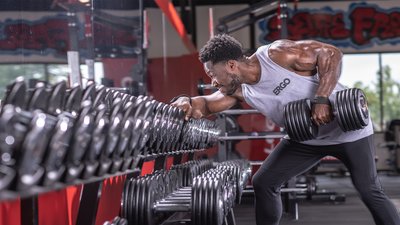
6 Ways to Crank Up Your Testosterone Levels When You Work Out
Testosterone is an important muscle-building hormone that's impacted by your age, diet, and workouts. Learn how you can support optimal test production with these nutrition and training tips!
Picture this: You lift. You eat. You rest. And you repeat, again and again. But, despite your consistency and dedication to your workouts, your body resists your efforts, for some reason unwilling to give you the muscle-mass gains you think you've earned. You've put in the sweat equity, but the rewards just don't seem to materialize. What gives?
If you're a seasoned lifter, your age may actually be working against you. Our testosterone production naturally begins to decrease by about 1 percent a year beyond the age of 30.[1] Testosterone levels in males peak between 20 and 30 years of age, according to the Mayo Clinic, but that doesn't mean any of us should trade in our track shoes for a walker anytime soon.
While nature may ultimately win the war, there's much you can do in the interim to fight—and win—the battle to support healthy testosterone levels. In fact, a number of both nutrition and exercise considerations may boost testosterone production. Let's take a closer look at six of them.
1. Get In and Out of the Gym Faster
If your daily workout often becomes a drawn-out war in the weight room, your struggle with the weights can also turn into one against the clock. An Ironman approach to lifting—with a battering array of exercises, sets, and body parts—may seem like just the challenge you need to boost growth. In reality, it can spike cortisol levels if you maintain it for too long.
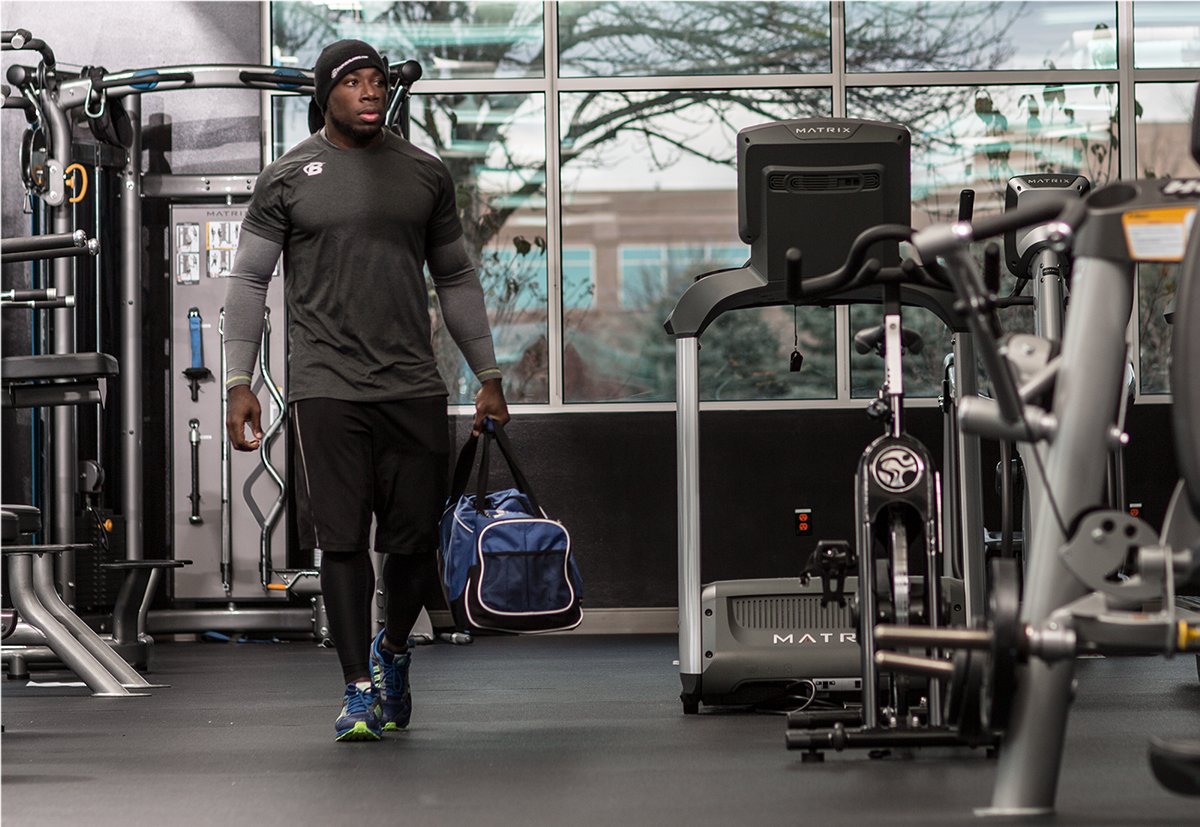
While you can handle lower-intensity work for longer durations without spiking this potentially muscle-wasting, or catabolic, compound, it's difficult to maintain a high intensity level while training for a long period of time. Since cortisol can hamper testosterone production, be mindful of putting your body through too many extended, high-intensity workouts. Yes, that means you have permission to cut your cardio session short. In fact, lots of cardio is probably the worst way to try to boost your T levels.
Building your workout around heavy-hitting exercises like squats, deadlifts, and the bench press helps you do more work in a shorter period of time. (The next section explains why this is important). At the very least, consider intra-workout nutrition—include 10-20 grams of simple carbs—to help blunt the rise in cortisol levels.
2. Include More Free-Weight Multijoint Movements
There's no need to make any guesses when it comes to exercise selection. According to science, multijoint exercises like deadlifts, squats, and rows have more potential to boost testosterone levels than if you choose single-joint exercises such as the leg extension or fly.
The difference between the two, technically speaking, is that with a multijoint exercise, more than a single pair of joints work together, so they engage a greater degree of muscle mass (and you can load them with heavier weights).
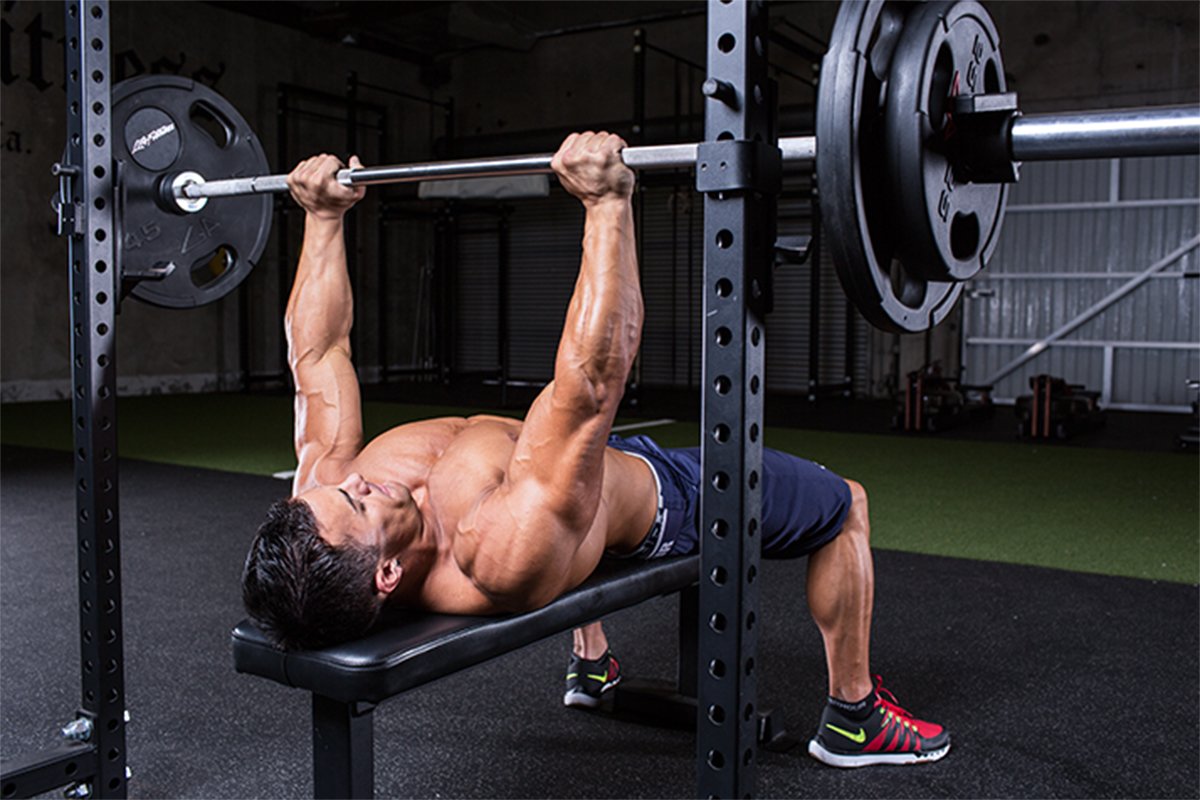
For instance, a squat and a leg press machine work similar muscles. Here, your best bet is to choose the free-weight version over the machine because it boosts hormone production.[2] Sure, the squat is harder—that's the point! You have to challenge yourself in the gym, not just with the right exercises, but the right loads, too.
3. Clock Yourself Between Sets
You may define a break between sets as responding to three texts and posting a selfie, but you'd be better off with a more structured approach. An older but still-relevant study from pre-eminent training researcher William Kraemer, Ph.D., published in the Journal of Applied Physiology in 1990, showed that a 1-minute rest period between sets boosts positive hormonal responses better than a drawn-out 3-minute breather.[3]
More recent research suggests 90-120 seconds for optimal increases in testosterone and lowered cortisol levels.[4] Clearly, heavy sets of larger body parts—legs, back, and chest—will require more rest than isolation movements for smaller muscle groups. Use your discretion and a stopwatch, because the wrong pace can limit your gains.
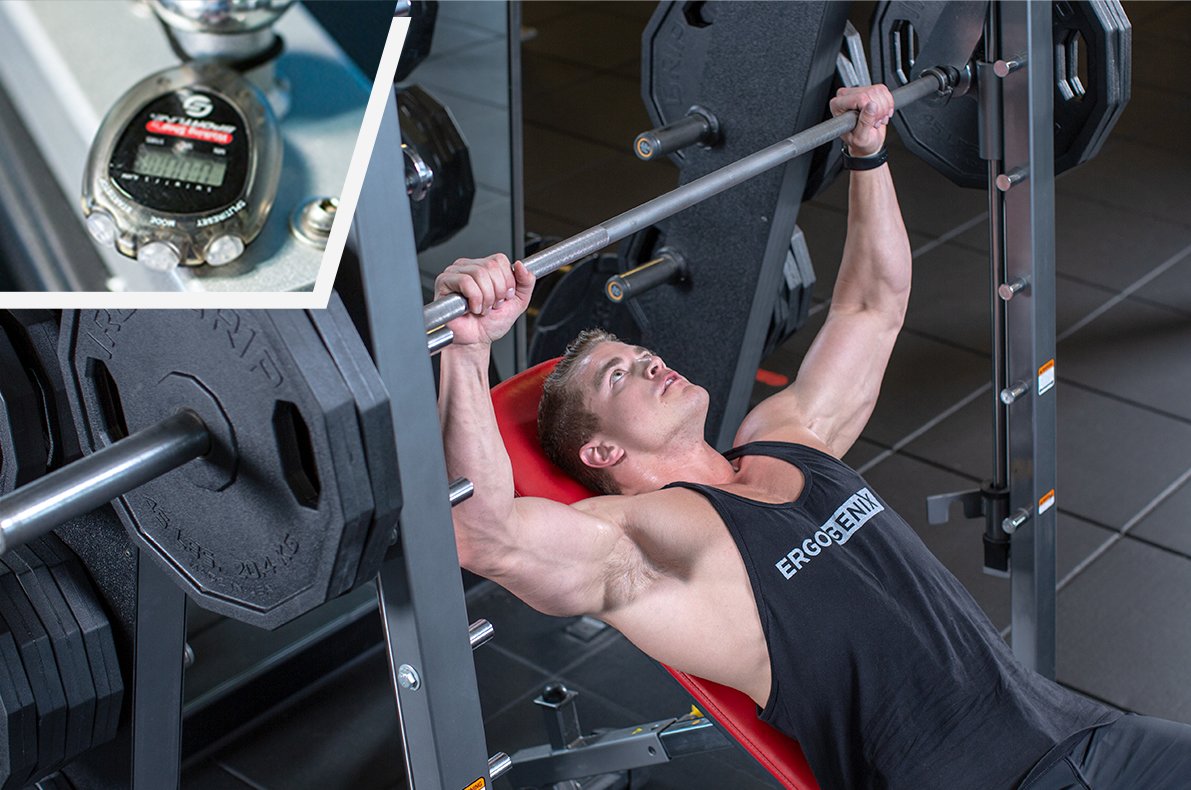
4. Go Past Failure Every Once In a While
Long workouts aren't linked to testosterone production, but moderate-length, intense ones are. By intense, we're talking about pushing toward failure in the target rep range of 8-12, and even beyond failure. While training to failure is difficult enough, going past failure can be done with a few methods such as dropsets, forced reps, and even rest-pause. In each case, you're doing more work in a given time rather than simply ending a set when it starts to feel uncomfortable. As a bonus, these methods may boost your strength gains.
Research published in the Canadian Journal of Applied Physiology in 2004 stated that forced reps, for example, pumped up T levels in the study subjects.[5] To incorporate forced reps into a set, do normal reps first to initial muscle failure. Then have a partner give you just enough of a nudge to help you complete 1-2 more additional reps. If you're doing a unilateral movement, you can self-spot.
You certainly don't want to do every set in this fashion, so save this technique for your heaviest 1-2 sets of each movement.
5. Mind Your Macros
At least two relevant (if aged) studies—one published in Life Sciences back in 1987 and another in the Journal of Applied Physiology in 1997—show that a diet in which protein is higher than or equal to carb intake tends to lower resting testosterone levels.[6,7] That might be most relevant to low-carb dieters, who by necessity increase protein and fat intake.
Consider a carb-to-protein ratio of at least 2:1 in your muscle-building or maintenance diet.
Moreover, there's a link between saturated fat and testosterone production. If your efforts to eat "clean" have drastically curtailed your intake of saturated fats—those mainly derived from animal sources—you may be adversely affecting your testosterone production. In one study, diets higher in saturated fat and monounsaturated fat significantly increased resting testosterone levels.[7]
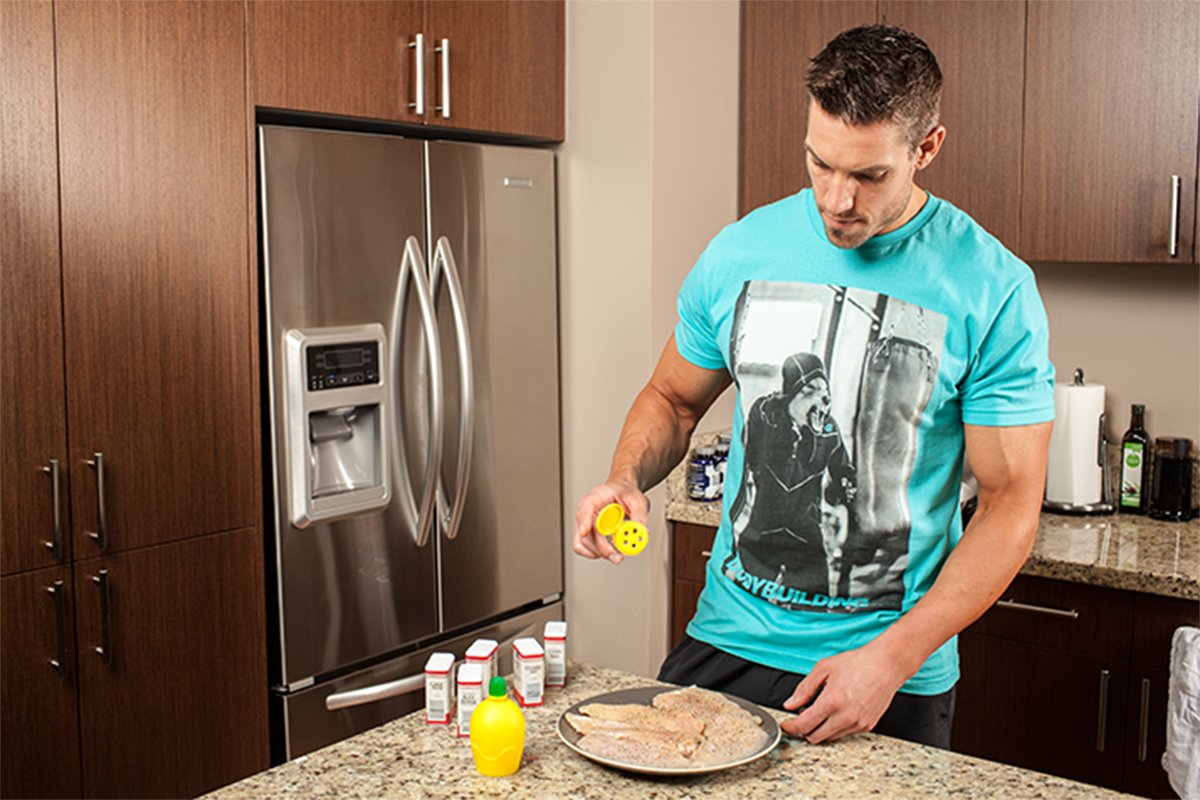
To naturally optimize your test, eat around 35 percent of your daily calories from fat, with about a third of that coming from saturated fats such as those found in meats, fowl, dairy, and eggs. However, you still need to be wary of the drive-through lane!
6. Use Supplements That Support Testosterone Levels
How you train and what you eat can all contribute to improving testosterone production naturally, and so can supplements.
Testosterone-boosting supplements work by correcting nutrient deficiencies that harm testosterone production. They may also include adaptogenic botanical ingredients that are thought to improve sleep and reduce stress, both of which can impact testosterone levels. Here are four ingredients commonly found in testosterone boosters that may help.
Vitamin D supports male reproductive function, which is code for a test-supportive environment. In fact, it has been suggested by researchers that levels of this fat-soluble vitamin are a strong predictor of free testosterone levels. One study out of Hormone and Metabolic Research found that supplementing with Vitamin D for one year supported testosterone levels in middle-aged men.[8]
Zinc can help support overall test levels in guys, and should arguably be a prominent part of any testosterone-boosting supplementation program. A 1996 research paper presented in Nutrition noted a 93 percent increase in testosterone in initially zinc-deficient subjects who supplemented for six months, suggesting those with zinc deficiencies may benefit greatly from supplementation.[9]
Fenugreek extract is derived from the fenugreek plant, an herb popular in India and many Arabic cultures. Fenugreek extract may support bioavailable testosterone within the body.[10] It has also been theorized—though not yet definitively proven—that fenugreek may support a healthy testosterone-to-estrogen balance, thanks to the protodioscin and furostanolic saponins within the seeds of the fenugreek plant.
Longjack is an herb that may support a healthy testosterone-to-estrogen balance in older men, supporting free testosterone by helping to support a balance in sex hormone-binding globulin (often referred to as SHBG).[11] The problem with SHBG is that it binds to free testosterone and renders it unusable, so balanced SHBG is a good thing for free test.
If you want to know more, check out Bodybuilding.com's "The Complete Guide to Testosterone Boosters."
Get Ready for Growth
Testosterone is a powerful, often misunderstood anabolic hormone. But taking your test support seriously—regardless of whether you're over 30 or not—can pay dividends in the muscle-building equation.
References
- Mayo Clinic testosterone stat: http://www.mayoclinic.org/healthy-lifestyle/mens-health/in-depth/male-menopause/art-20048056
- Shaner, A. A., Vingren, J. L., Hatfield, D. L., Budnar Jr, R. G., Duplanty, A. A., & Hill, D. W. (2014). The acute hormonal response to free weight and machine weight resistance exercise. The Journal of Strength & Conditioning Research, 28(4), 1032-1040.
- Kraemer, W. J., Marchitelli, L., Gordon, S. E., Harman, E., Dziados, J. E., Mello, R., ... & Fleck, S. J. (1990). Hormonal and growth factor responses to heavy resistance exercise protocols. Journal of Applied Physiology, 69(4), 1442-1450.
- Rahimi, R., Rohani, H., & Ebrahimi, M. (2011). Effects of very short rest periods on testosterone to cortisol ratio during heavy resistance exercise in men. Apunts. Medicina de l'Esport, 46(171), 145-149.
- Ahtiainen, J. P., Pakarinen, A., Kraemer, W. J., & Hakkinen, K. (2004). Acute hormonal responses to heavy resistance exercise in strength athletes versus nonathletes. Canadian Journal of Applied Physiology, 29(5), 527-543.
- Anderson, K. E., Rosner, W., Khan, M. S., New, M. I., Pang, S., Wissel, P. S., & Kappas, A. (1987). Diet-hormone interactions: protein/carbohydrate ratio alters reciprocally the plasma levels of testosterone and cortisol and their respective binding globulins in man. Life Sciences, 40(18), 1761-1768.
- Volek, J. S., Kraemer, W. J., Bush, J. A., Incledon, T., & Boetes, M. (1997). Testosterone and cortisol in relationship to dietary nutrients and resistance exercise. Journal of Applied Physiology, 82(1), 49-54.
- Pilz, S., Frisch, S., Koertke, H., Kuhn, J., Dreier, J., Obermayer-Pietsch, B., ... & Zittermann, A. (2011). Effect of vitamin D supplementation on testosterone levels in men. Hormone and Metabolic Research, 43(3), 223.
- Prasad, A.S., et al. (1996). Zinc status and serum testosterone levels of healthy adults. Nutrition, 12(5), 344.
- Wilborn, C., Taylor, L., Poole, C., Foster, C., Willoughby, D., & Kreider, R. (2010). Effects of a Purported Aromatase and 5-Alpha Reductase Inhibitor on Hormone Profiles in College-Age Men. International Journal of Sport Nutrition, 20(6), 457.
- Henkel, R. R., Wang, R., Bassett, S. H., Chen, T., Liu, N., Zhu, Y., & Tambi, M. I. (2014). Tongkat Ali as a potential herbal supplement for physically active male and female seniors—a pilot study. Phytotherapy Research, 28(4), 544-550
